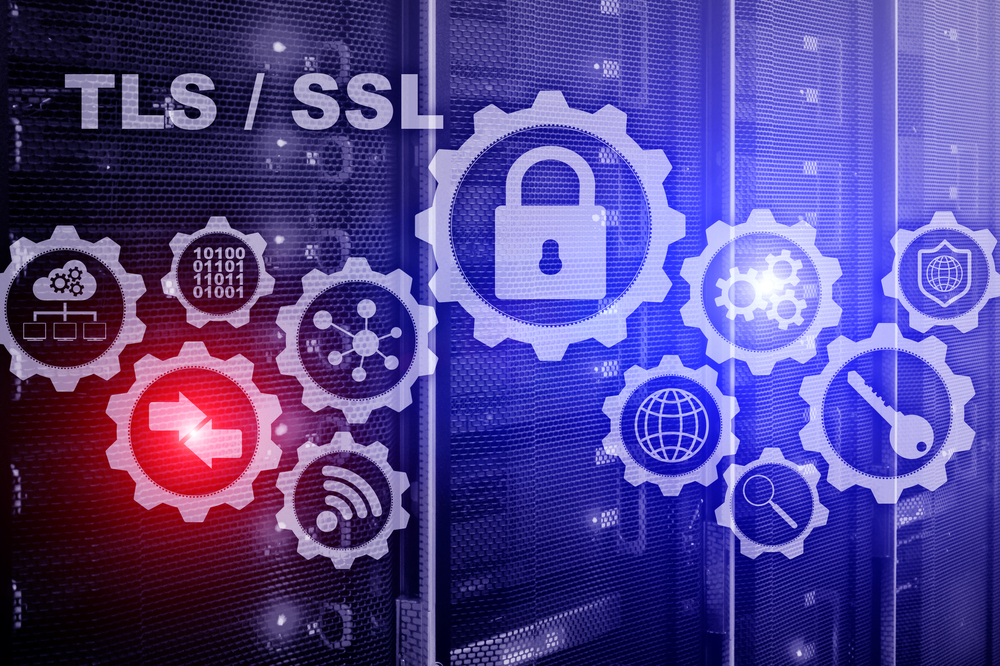
Employee distraction is a bigger risk than attack sophistication
Cybersecurity professionals are sounding the alarm, not about increasingly sophisticated cyber threats, but about something far more human -- distraction.
New research from KnowBe4 shows distraction (43 percent) and lack of security awareness training (41 percent) are identified as the primary reasons employees fall victim to cyberattacks, rather than sophistication of the attacks themselves.

Automated red-teaming helps protect enterprise AI
Artificial intelligence is being used to streamline many business tasks, but at the same time it opens up new attack vectors and risks.
Secure AI specialist WitnessAI is announcing two new products aimed at securing enterprise LLMs and AI applications through automated red-teaming and behavioral runtime protection.

Enterprises spend 11 hours on resolving each security alert
On average, enterprises spend 11 hours of employee time investigating and remediating a single critical identity-related security alert.
A new study from Enterprise Strategy Group, of 370 IT and cybersecurity decision makers, shows this affects the capacity of security teams to manage alert volume, and this is only made worse in the age of AI.

New techniques help malicious QR codes evade detection
Threat researchers at Barracuda have uncovered two new techniques being used by cyber attackers to help malicious QR codes evade detection in ‘quishing’ attacks.
Quishing is a form of phishing that involves the use of QR codes embedded with malicious links that, when scanned, redirect victims to fake websites designed to steal their credentials or other sensitive information.

How AI is transforming customer service interactions [Q&A]
If you’ve contacted a company recently it’s more than likely that you have encountered some form of AI either online or over the phone.
We spoke to Priya Vijayarajendran, CEO of ASAAP to find out how AI is transforming real-time customer service interactions in the contact center, and what it means for the evolving relationship between humans and machines.

Why using a VPN is becoming more important than ever
There’s been some controversy around the use of VPNs recently, mostly centering on the UK’s Online Safety Act. But despite this August 19th is International VPN Day and NordVPN has issued a timely reminder of the importance of using one.
A VPN isn’t just for tech experts, it’s a first line of defense against surveillance, data theft, and invasive tracking. However, not all VPNs are created equal and free ones may offer weaker protection and end up with your data being sold rather than protected.

Druva launches new AI agents to help boost cyber resilience
New AI agents launched today by Druva, the company says, will fundamentally change the way customers secure, recover, and manage their data.
A major expansion to DruAI, the company’s suite of AI capabilities for customers, features intelligent agents that can interpret user intent, analyze data, and take meaningful action. This shift aims to move enterprises beyond traditional, query-based AI to agentic systems designed for action -- helping teams strengthen cyber resilience with greater speed, simplicity, and confidence.

96 percent of organizations worry about the impact of shorter certificate life
The radical shortening of SSL/TLS certificate lifespans from 398 days to 47 days by 2029 is shaking up the cybersecurity world. New research shows 96 percent of organizations are concerned about the impact of shorter SSL/TLS certificate lifespans on their business.
The study from Sectigo, developed in collaboration with global research firm Omdia, surveyed over 270 IT decision makers and finds fewer than one in five organizations feel very prepared to support the coming shift to 47-day certificate renewal cycles.

Insecure code is behind a wave of data breaches
New research reveals that insecure code is behind a shocking number of cyber breaches in the UK, with two-thirds of tech leaders admitting their organization suffered an incident in the past year.
The study from SecureFlag, of 100 UK C-suite and tech leaders, shows that despite the risks, many companies are still failing to train developers properly, leaving a gap that attackers are exploiting.

How the SOC is evolving to meet new threats [Q&A]
As cybersecurity threats grow more sophisticated and relentless, the role of the Security Operations Center (SOC) has never been more critical.
In response organizations are re-imagining their SOCs to address the dual challenges of an evolving threat landscape and a shifting workforce dynamic. We spoke to Scott Scheppers, chief experience officer at LevelBlue to find out more about this shift and how SOC teams are pivotal in safeguarding operations, fostering innovation, and mentoring the next generation of cybersecurity talent.

Malicious URLs overtake attachments as top email threat
Cybercriminals increasingly favor malicious URLs over attachments, as they are easier to disguise and more likely to evade detection, according to the latest report from Proofpoint.
These links are embedded in messages, buttons, and even inside attachments like PDFs or Word documents to entice clicks that initiate credential phishing or malware downloads.

Dealing with the challenge of securing machine identities [Q&A]
Machine identities have proliferated in recent years, but while they offer convenience they also introduce new vulnerabilities.
We spoke to Ev Kontsevoy, Teleport CEO, to learm more about the problem of securing machine IDs and what enterprises can do to address it.

Demand for .AI domain names soars along with values
For the second consecutive quarter sales of .AI domain names have surged -- with a quarterly record of $4.5 million in volume in the last quarter (up from $3.48 million in the first quarter of this year) as demand for artificial intelligence-related branding accelerates.
The latest Domain Investment Index from online payments service Escrow.com reflects the embrace of AI. “Two huge tech trends are colliding here: the incredible uptake of AI in business and the realization that domains are the commercial real estate of the Internet,” says Escrow.com chief executive Matt Barrie.

Enterprises struggle with too many identity tools
With identity security growing more complex a new report shows that of 70 percent of enterprises recognize the need to consolidate their identity security tool stack.
The study by Enterprise Strategy Group for Silverfort finds that while 70 percent of teams plan to expand their use of an existing tool to cover a new use case in the next 12-18 months, 62 percent of organizations plan to implement a new tool to satisfy a use case, hinting that current solutions may not be adequate to satisfy evolving priorities.

Over 80 percent of organizations knowingly ship vulnerable code
New research shows 81 percent of organizations knowingly ship vulnerable code, and 98 percent experienced a breach stemming from vulnerable code in the past year, that’s a sharp rise from 91 percent in 2024.
The survey from Checkmarx, of more than 1,500 CISOs, AppSec managers and developers around the world, also shows that AI‑generated code is becoming mainstream, but governance is lagging.